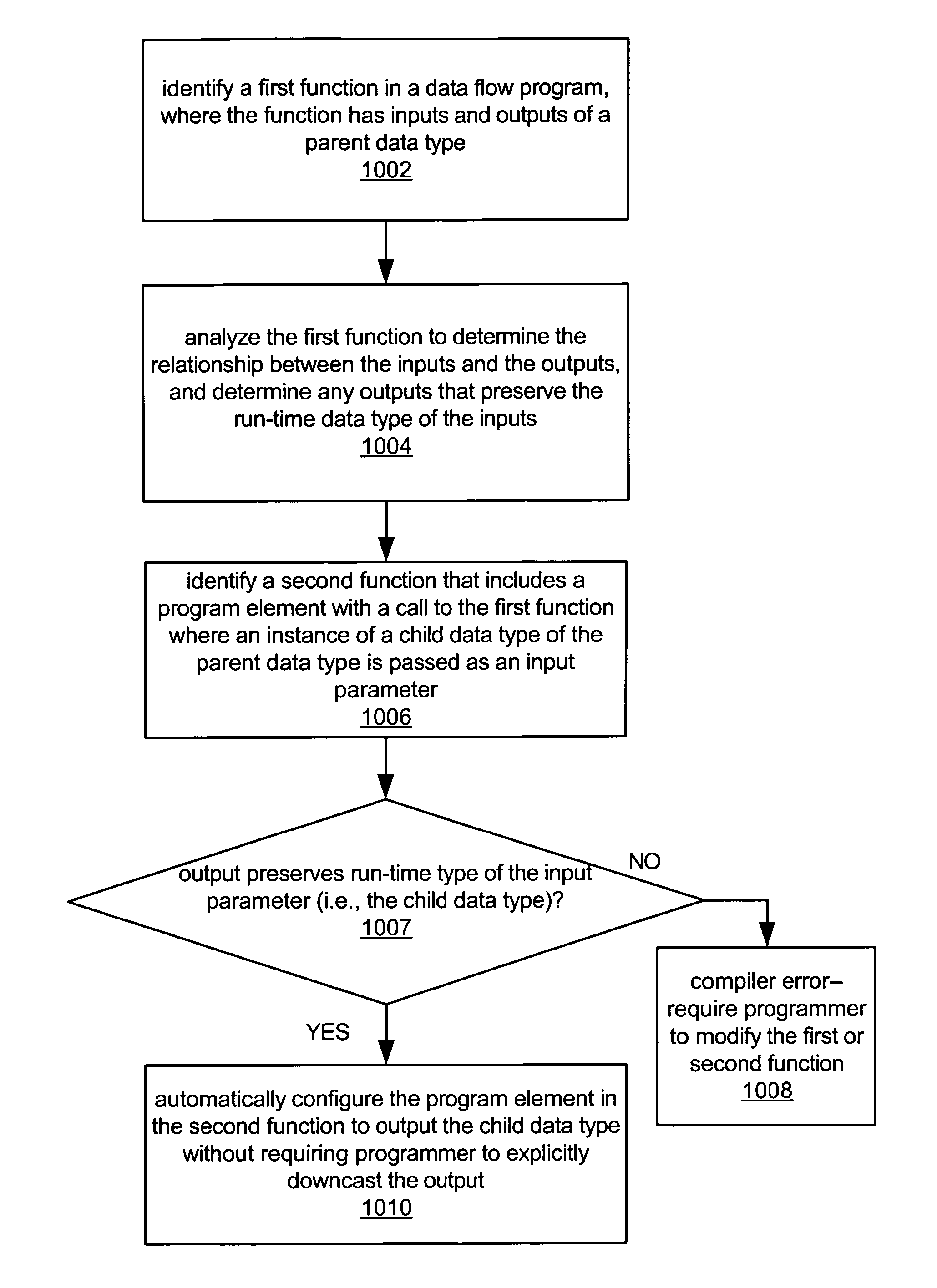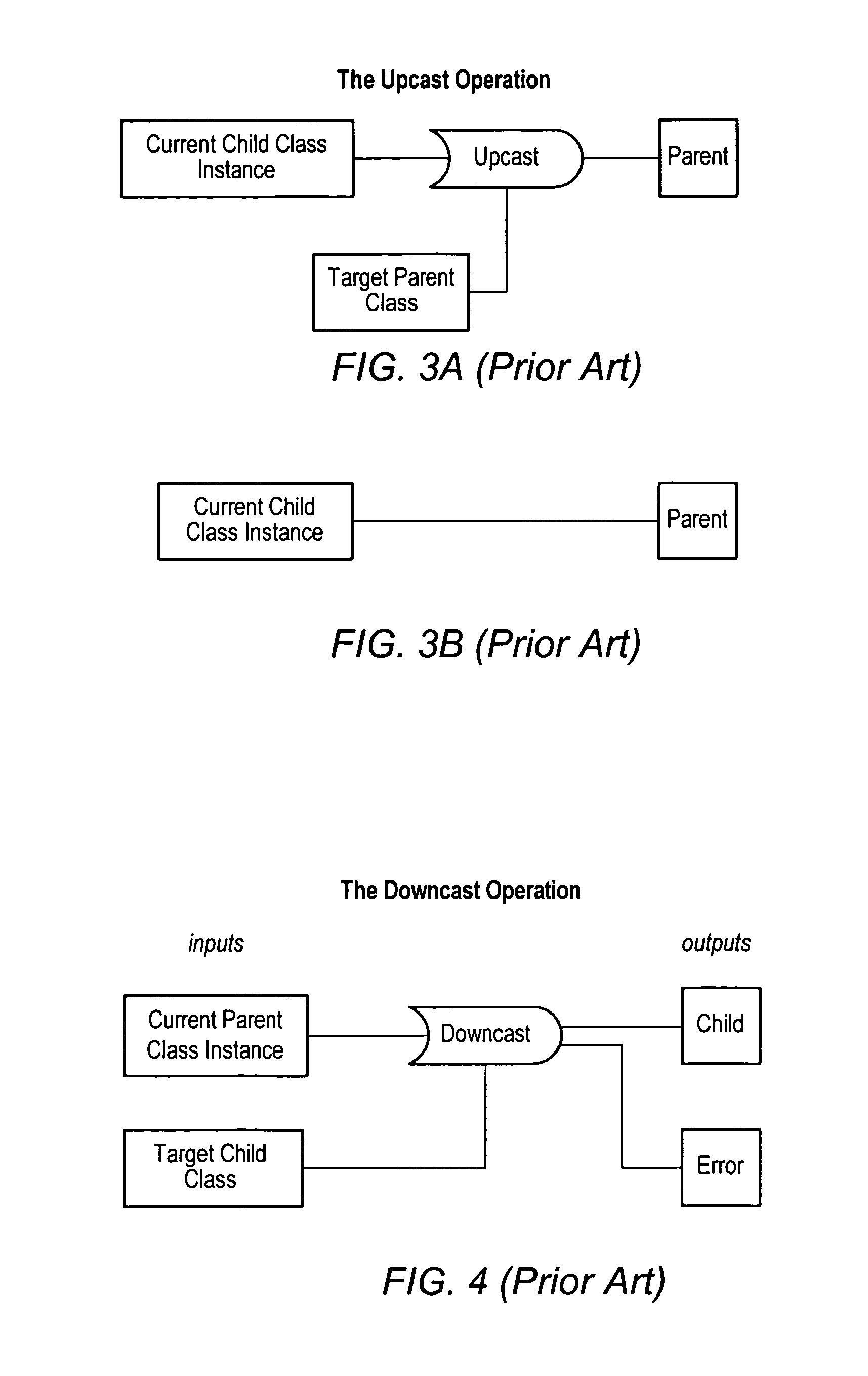Type propagation for automatic casting of output types in a data flow program
a data flow and output type technology, applied in computing, instruments, electric digital data processing, etc., can solve the problems of complex task of programming a computer system to model or implement a process, user's programming skills and ability to interact with the computer system often become a limiting factor in the achievement of optimal utilization of the computer system, and user's inability to fully grasp techniques
- Summary
- Abstract
- Description
- Claims
- Application Information
AI Technical Summary
Benefits of technology
Problems solved by technology
Method used
Image
Examples
example implementation
[0251]One embodiment of the present invention may be implemented in the LabVIEW graphical programming environment provided by National Instruments, although other development environments and languages may be used as desired. In the description below, a LabVIEW implementation is assumed, where, for example, a data flow diagram, referred to as a LabVIEW block diagram or Virtual Instrument (VI), may be used as a subroutine, referred to as a subVI. The block diagram typically has a front panel terminal (FPTerminal) representing or facilitating I / O between the block diagram and a front panel, i.e., the GUI for the block diagram.
[0252]As described in detail above, in an object-oriented graphical programming system, such as for example, Object-Oriented LabVIEW (OOLV), there are substantial benefits for guaranteeing that the run-time data type of the class output front panel terminal is the same as the run-time data type of one or more input front panel terminals. In other words, although ...
PUM
 Login to View More
Login to View More Abstract
Description
Claims
Application Information
 Login to View More
Login to View More - R&D
- Intellectual Property
- Life Sciences
- Materials
- Tech Scout
- Unparalleled Data Quality
- Higher Quality Content
- 60% Fewer Hallucinations
Browse by: Latest US Patents, China's latest patents, Technical Efficacy Thesaurus, Application Domain, Technology Topic, Popular Technical Reports.
© 2025 PatSnap. All rights reserved.Legal|Privacy policy|Modern Slavery Act Transparency Statement|Sitemap|About US| Contact US: help@patsnap.com



